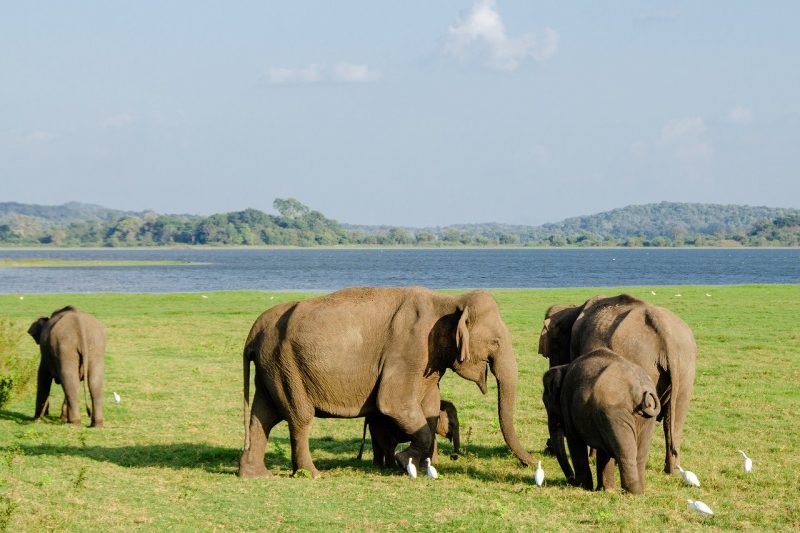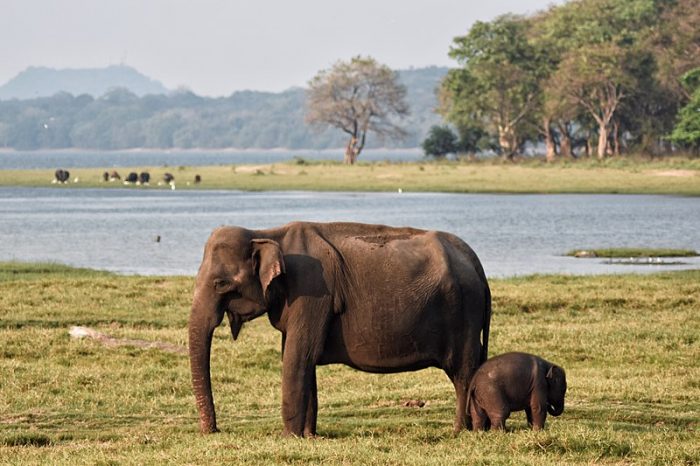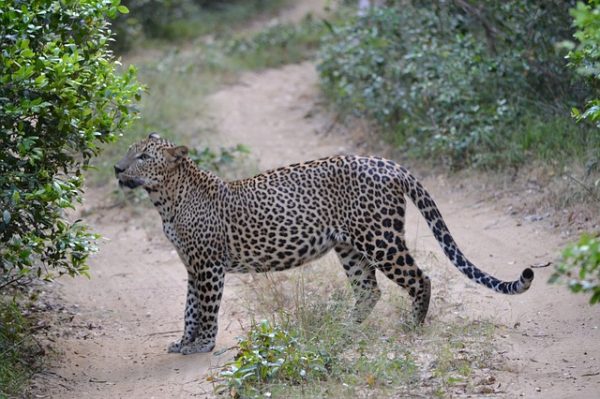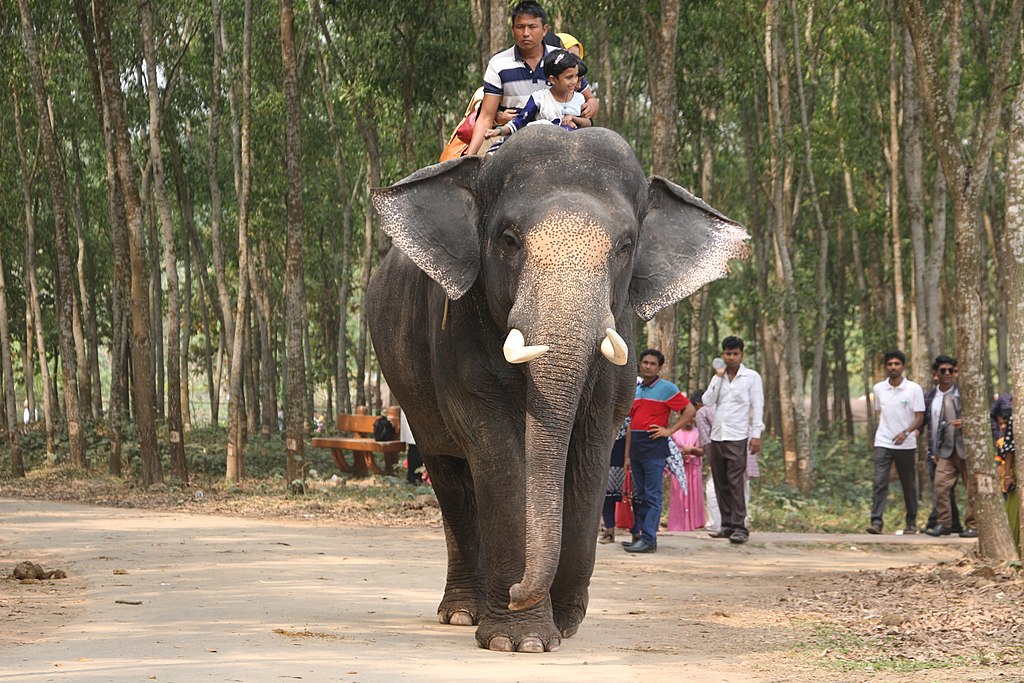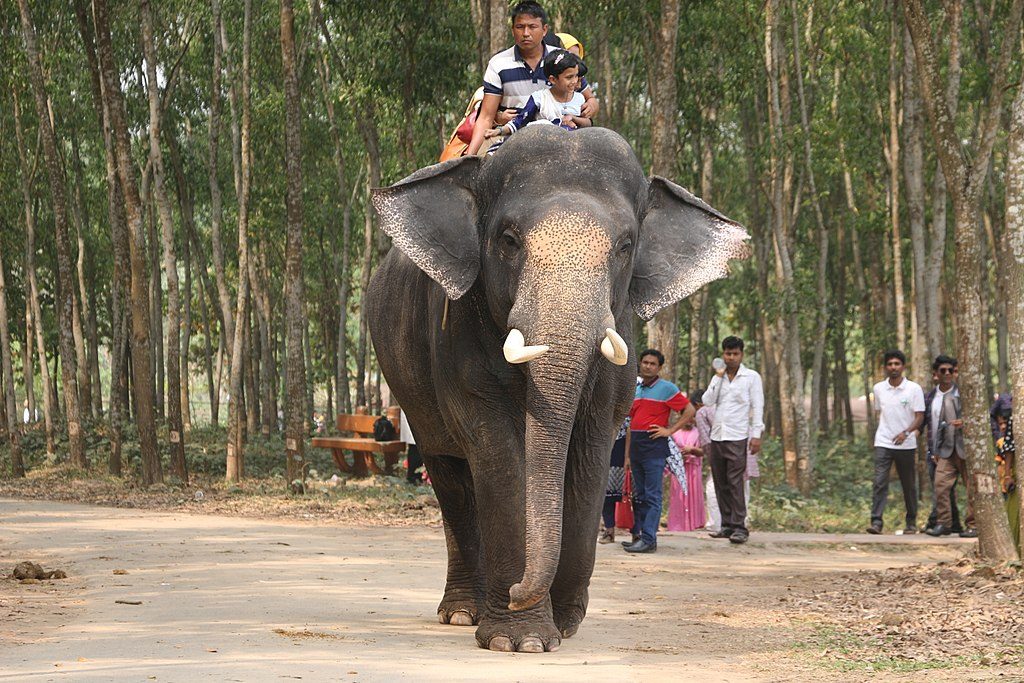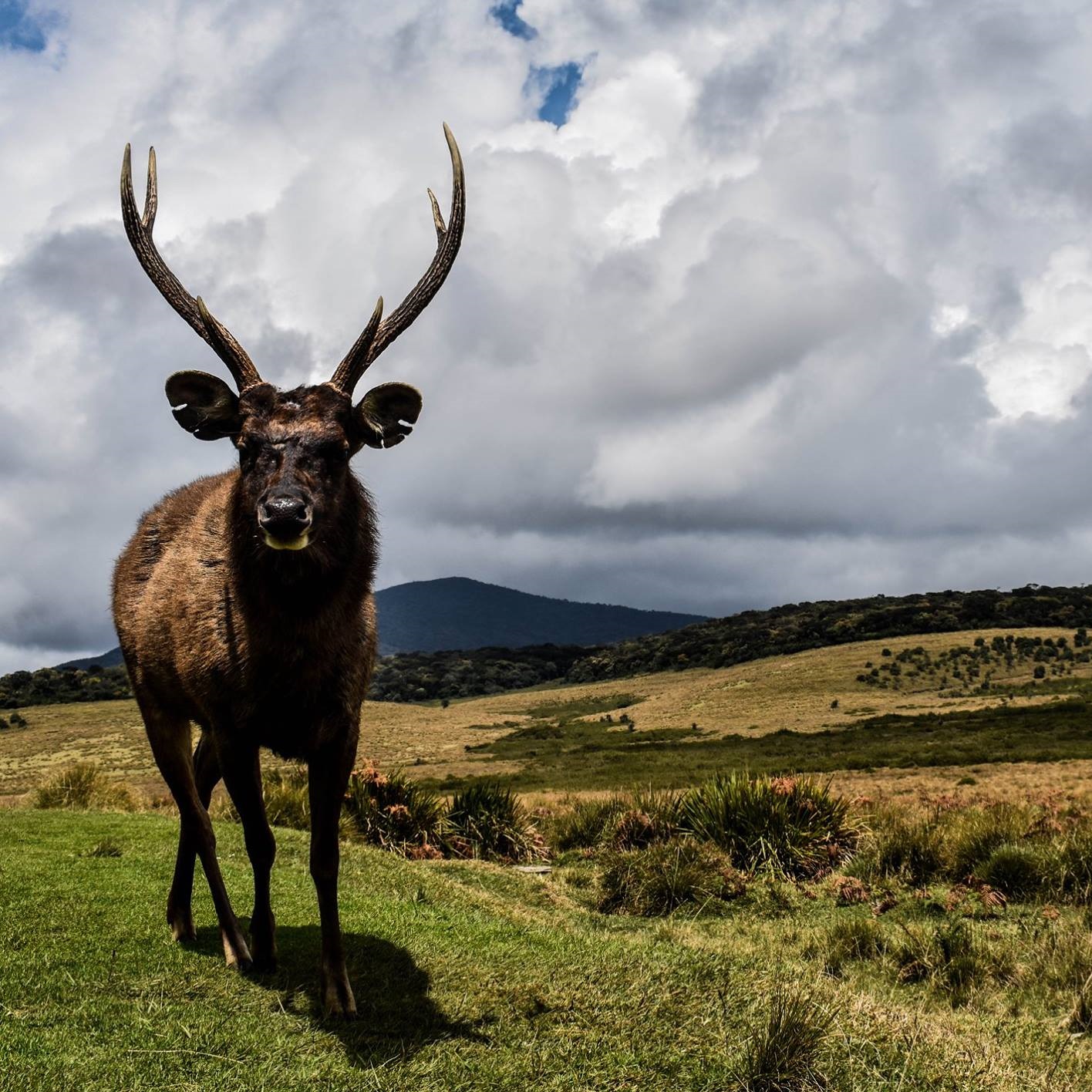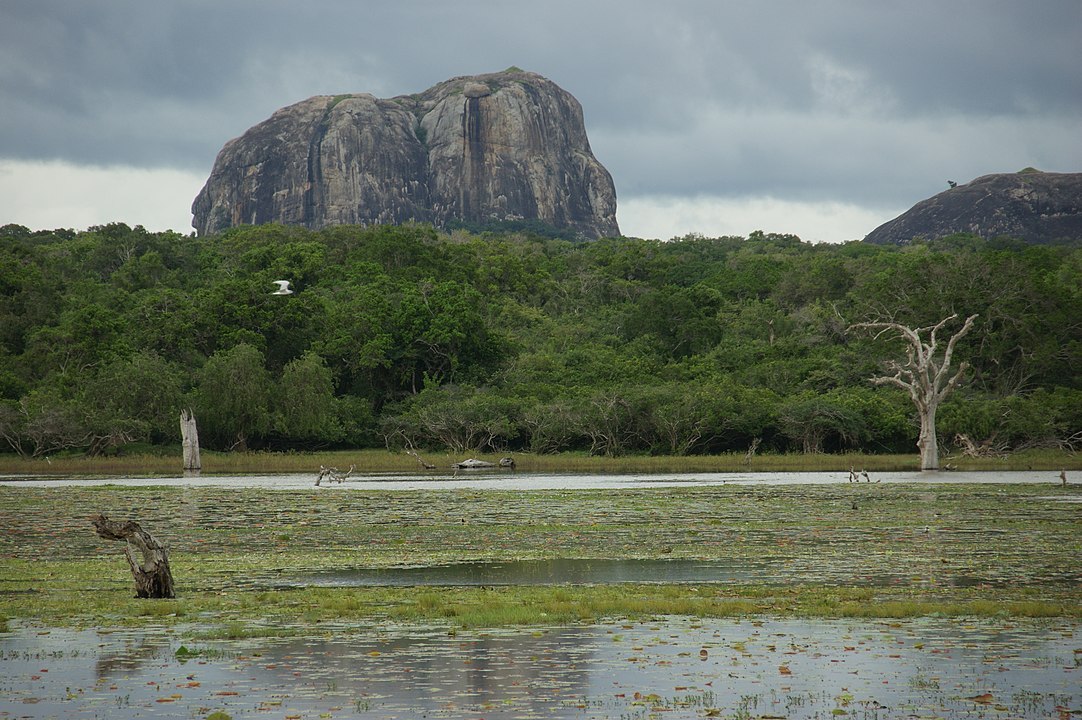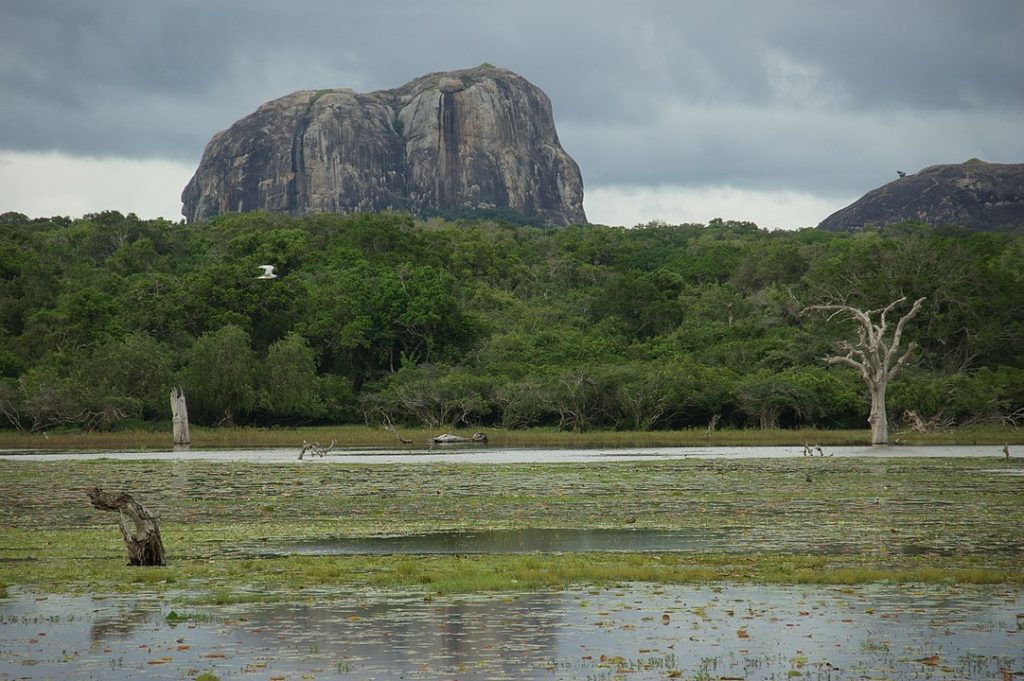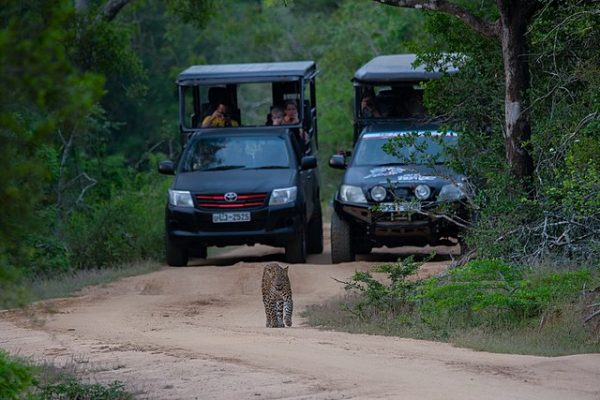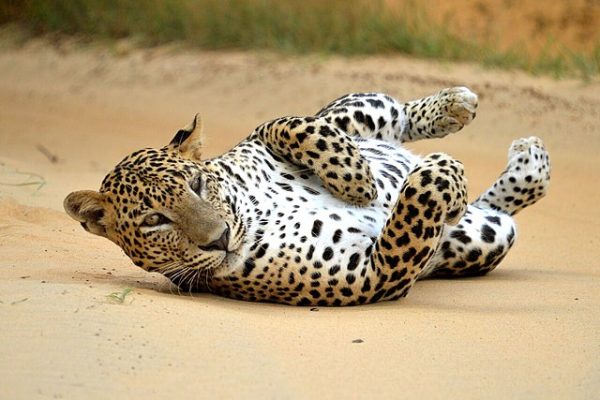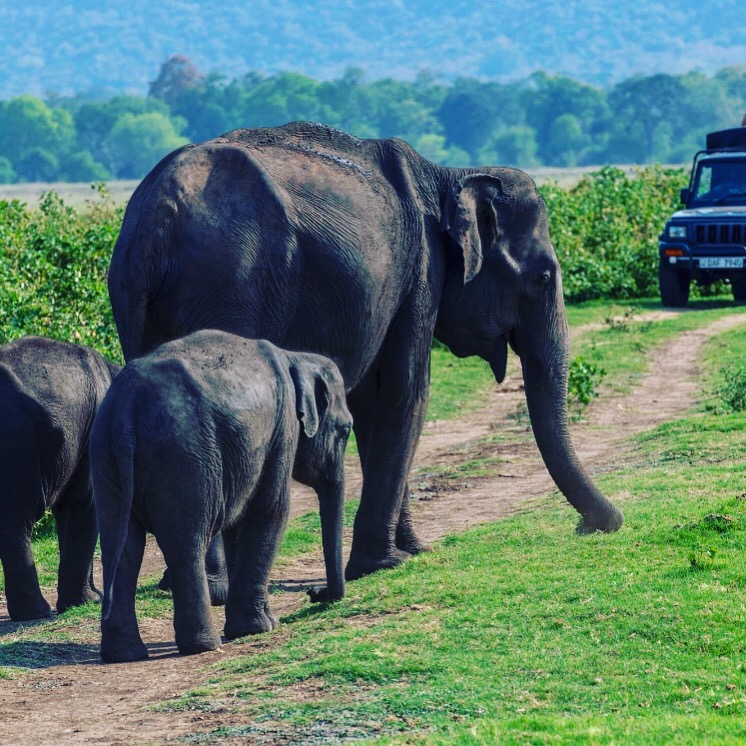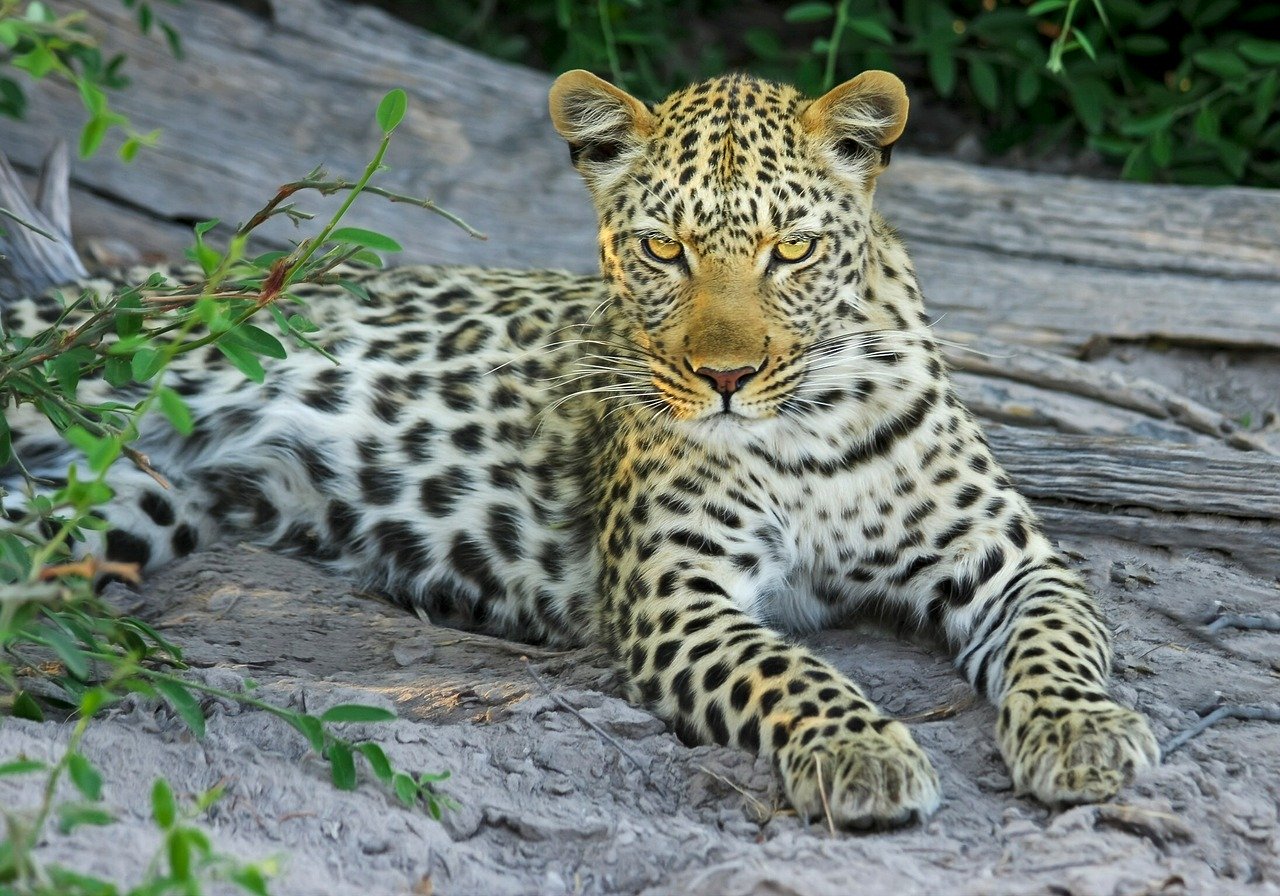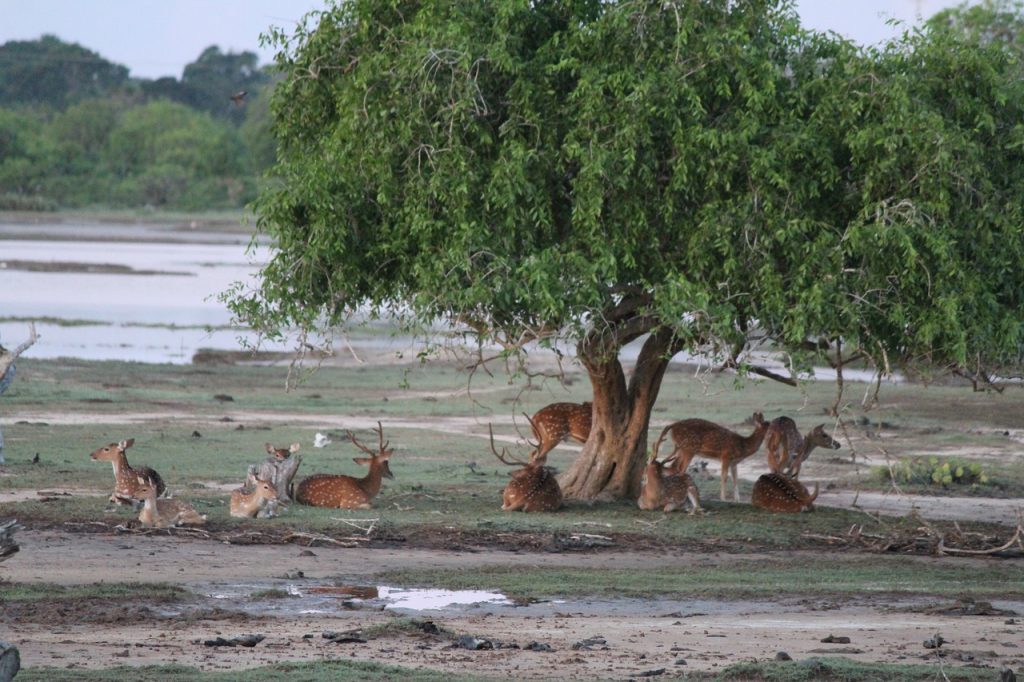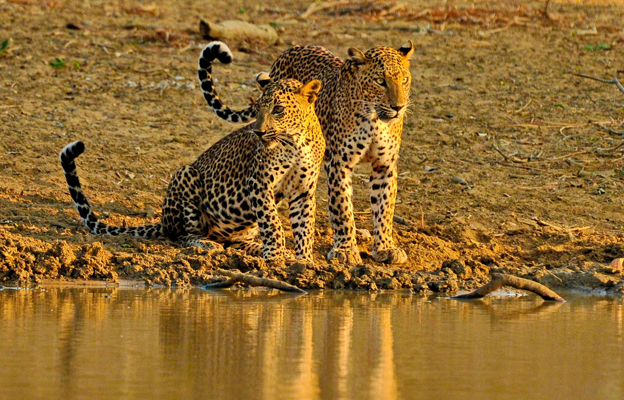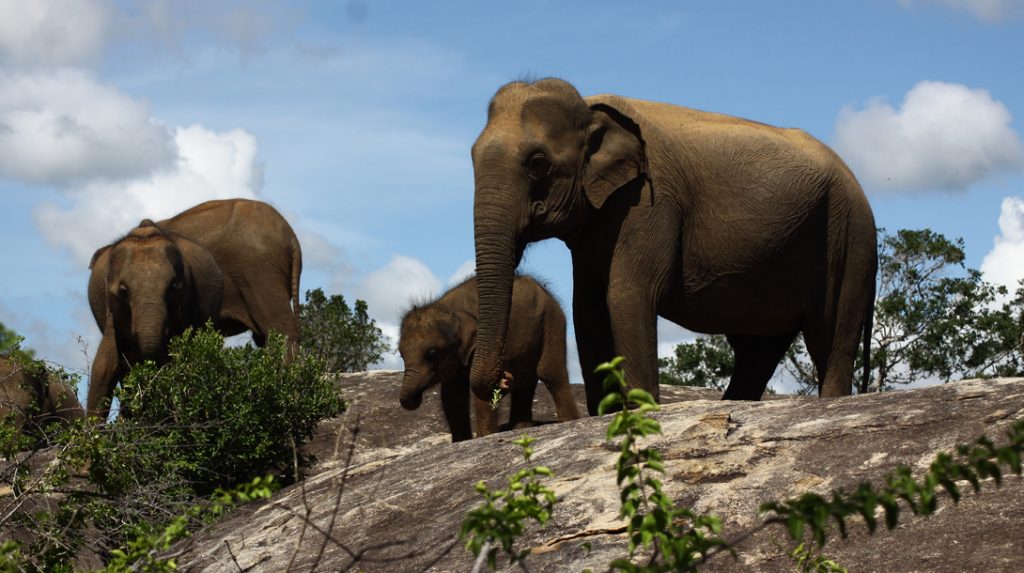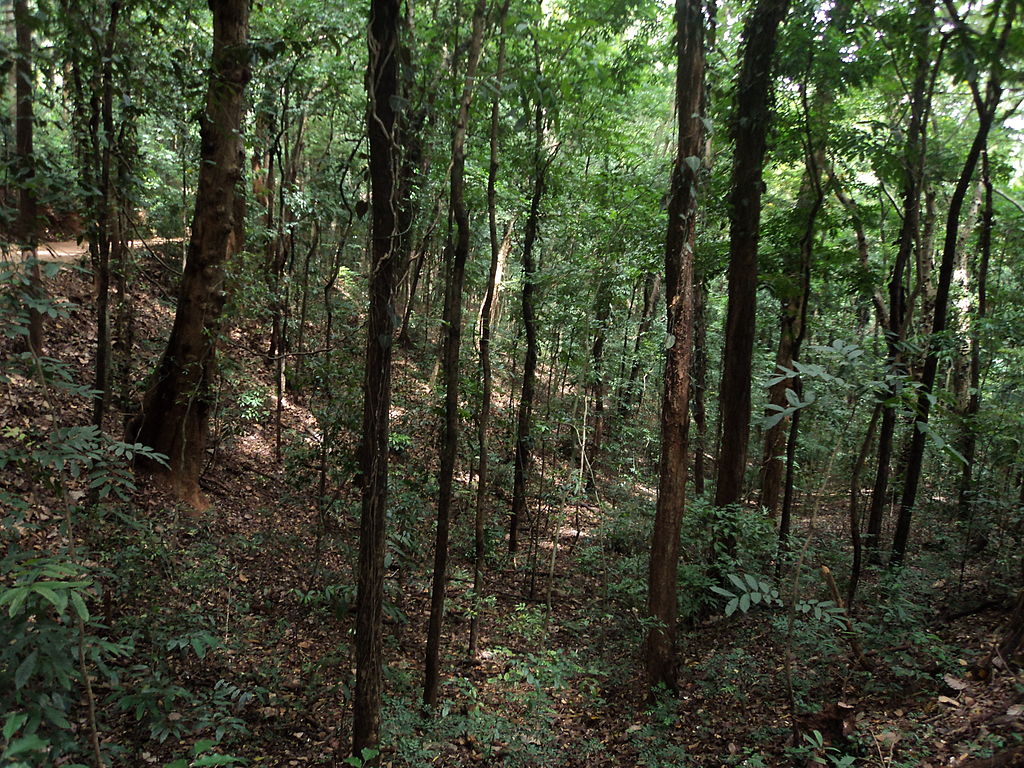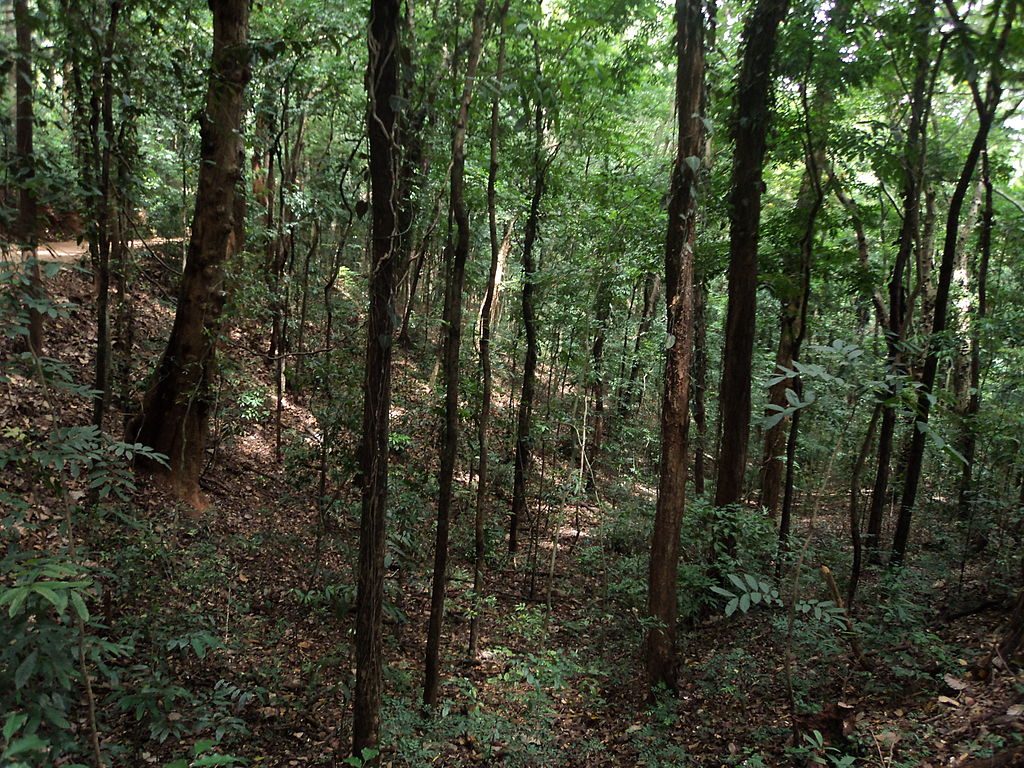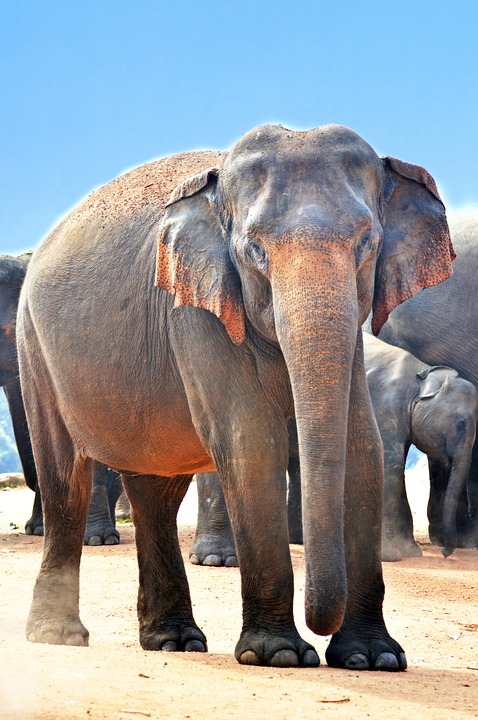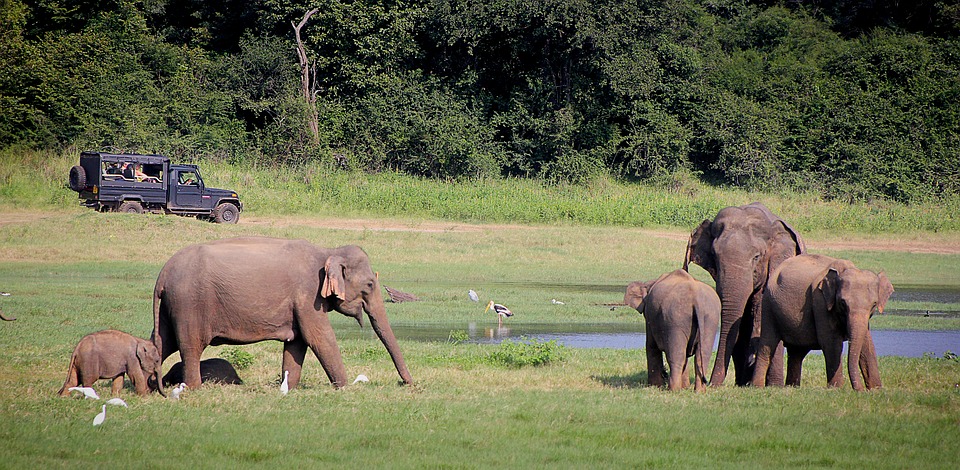If you are a nature lover and are hoping to catch some elephants on your trip to Sri Lanka, then one of the best places to visit would be the Minneriya National Park.
How to get to Minneriya National Park
Located in the North Central part of Sri Lanka the Minneriya National Park has been pronounced an untamed animal haven since 1938. It is about 180km from Colombo and takes about 5 hours if you are driving.

Best time to visit
The best time to visit would be from May to October as this is the time that you will be able to see herds of Asian Elephants gathering and making their way towards the water. The dry season beckons these gentle giants out into the open and the best times to start your jeep and go on the safari would the early morning hours from 5am – 8am.
What you can see
The safari ride in the park will have you seeing many animal species and birds. But the park is most famous for the herds of Asian elephants that gather at the watering hole during the hot seasons in Sri Lanka. Other animals you may come across on your safari are the spotted deer, sambar, and the purple-faced langur monkeys.
Where you can stay
If you are wondering where to stay during your trip, there are many hotels and resorts in the area that will put you up. You can even consider staying at a luxury hotel in Sigiriya Dambulla such as the Heritance Kandalama which is a mere 1 hour away from the National Park.
